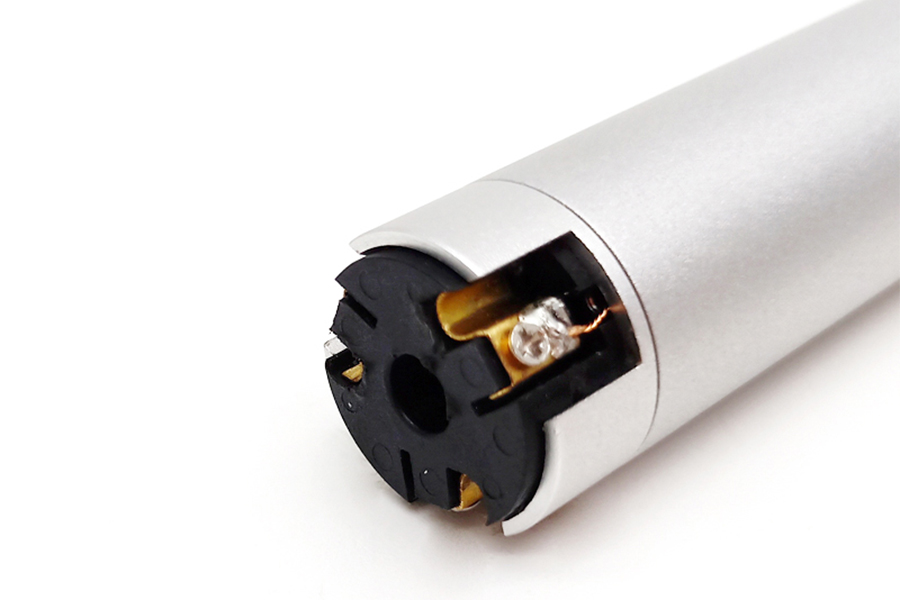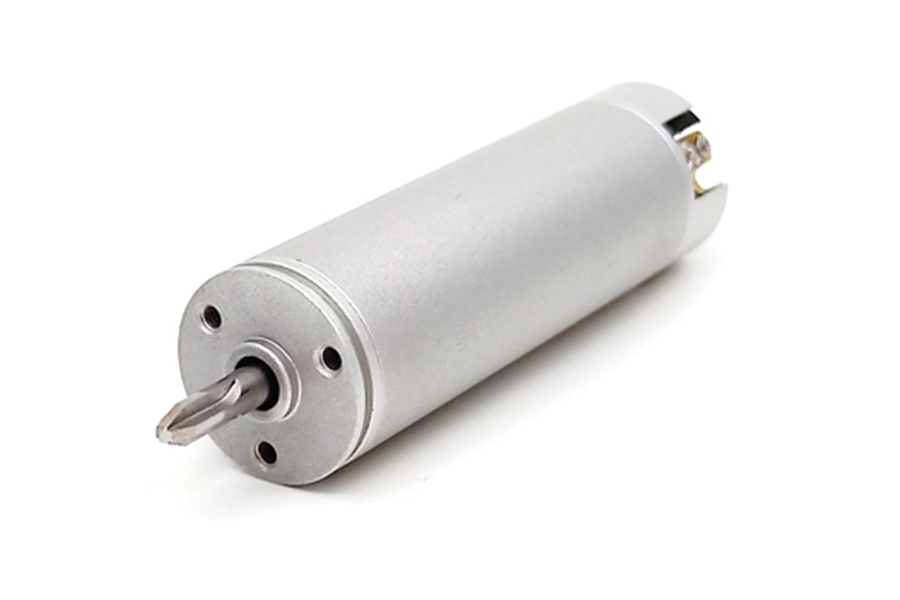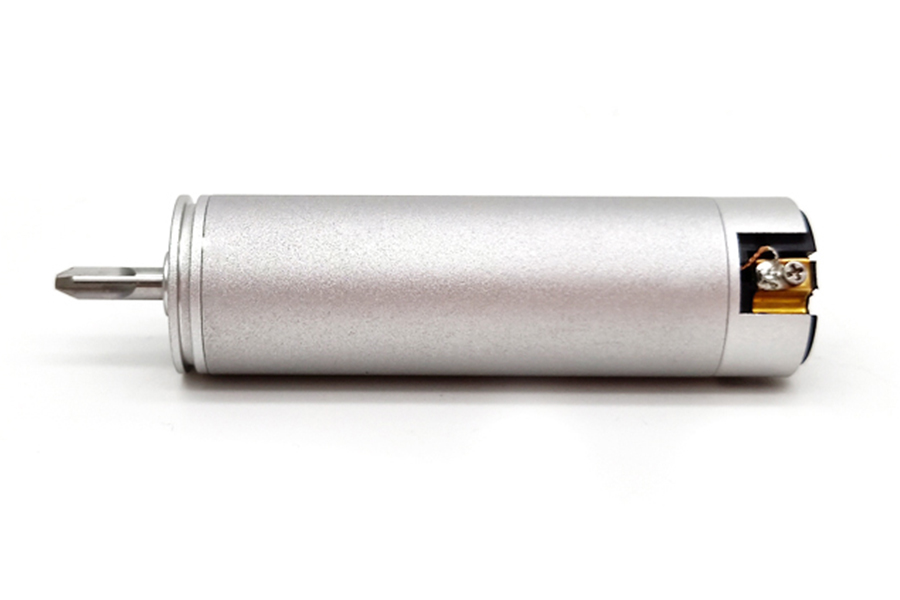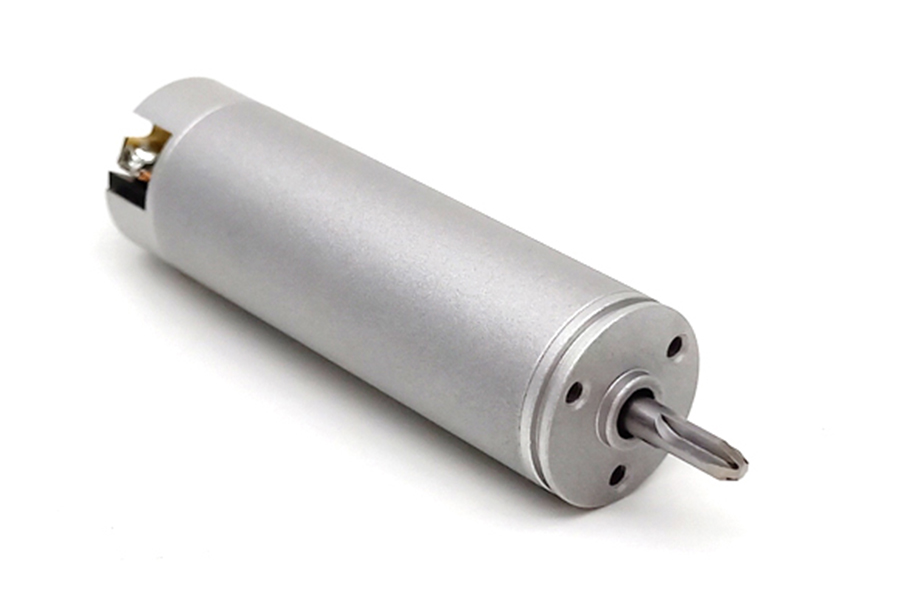
The famous "Iceman Otzi" of the Stone Age, found on a mountain glacier, had tattoos.

Long ago, the art of piercing and dyeing human skin has been widespread in many different cultures. It's almost a global trend, thanks in part to electric tattoo machines. They can line the skin much faster than the traditional needles used between a tattoo artist's fingers. In many cases, the hollow cup brushless motor ensures quiet operation of the machine with controlled speed and minimal vibration.
What we call "tattoo" comes from the Polynesian language. In Samoan, tatau means "correctly" or "in exactly the right way." It's a reflection of the delicate, ritualized art of tattooing in the local culture. During the colonial era, seafarers brought back tattoos and the expression from Polynesia and introduced a new fashion: skin decoration.
Nowadays, there are numerous tattoo studios in every major city.


From small Yin and Yang symbols on the ankles to large-scale paintings of various parts of the body are available. Every shape and design you can imagine can be achieved, and the images on the skin are often highly artistic.
The technical foundation is not only the basic skills of the tattoo artist, but also depends on the right tools. A tattoo machine operates like a sewing machine: one or more needles are pierced through the skin by swinging them. The pigment is injected into the appropriate parts of the body at a rate of several thousand spines per minute.
In modern tattoo machines, the needle is driven by an electric motor. The quality of the drive is critical and must be almost vibration-free and run as quietly as possible. Since a tattoo can last for hours at a time, the machine must be very light, yet provide the necessary power -- and perform multiple tattoos over long periods of time. Precious metal commutator DC drivers and flat brushless DC drivers with built-in speed control drivers are ideal for meeting these requirements. They weigh only 20 to 60 grams, depending on the model, and are 92 percent efficient.

Professional tattoo artists see themselves as artists, and the equipment in their hands is a tool to show their art.

Larger tattoos often require hours of continuous work. Therefore modern tattoo machine not only requires light, and must be very flexible, can move in any direction. In addition, a good tattoo machine should also have small vibration and comfortable holding.
At first glance, a tattoo machine works much like a sewing machine: one or more needles oscillate through the skin. Thousands of punctures per minute can get the pigment where it needs to be. A skilled tattoo artist will neither go very deep nor very shallow, with the ideal result being the middle layer of skin. Because if it's too light, the tattoo won't last long, and if it's too deep, it will cause bleeding and affect the coloring.
The machines used must meet the highest technical and design requirements and operate accurately and reliably. Since the operation is carried out around sensitive parts of the body, such as the eyes, the device must be very quiet when operating. Because the shape of the device is long and narrow, it is best to be the size of a ballpoint pen, so it is most suitable for ultra-thin DC micromotors.
With excellent technical characteristics, our motor has a high efficiency factor, which is very beneficial to the battery mode.


The high power density results in more compact, lightweight drive solutions, such as 16mm diameter for handheld permanent makeup devices.
Compared with the general DC motor, our equipment is different in the rotor. It is not wound around an iron core, but consists of self-supporting inclined winding copper coil. Therefore, the weight of the rotor is very light, not only the quiet operation, but also has high dynamic characteristics, neither the alveolar effect, nor the hysteresis effect common in other technologies.




